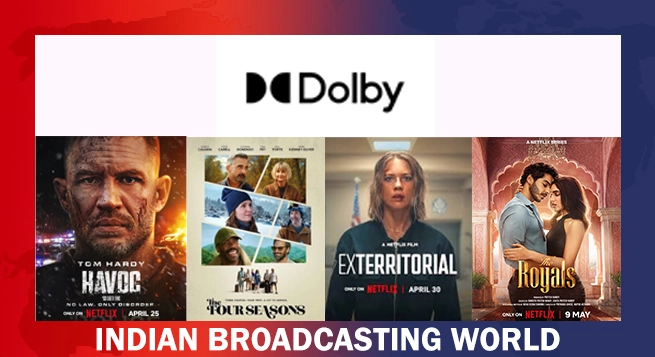Consumers round the globe are increasingly shifting online to view sporting events, ditching linear TV, a new research has highlighted.
According to target audience company GWI or Global Web Index’s new data, GWI Sports, the number of consumers watching sports on broadcast TV has seen a steady decline over the last year, with the majority of televised sports having less TV viewers at the end of 2020 than at the end of 2019, Advanced Television reported.
However, many sports have been able to mitigate against this loss via online viewership, which soared during lockdown.
The GWI Sports service aims to give sports teams, brands and agencies unique demographic and psychographic insights into the new sports fans. Based on a sample of over 23,000 Internet users aged 16-64 who are interested in sports or say they watch, attend, or participate in sports across 15 countries, GWI says the research will help the sporting industry better understand fans’ attitudes and behaviours.
Although broadcast TV is still the main medium with which consumers are viewing sports, online platforms are threatening that supremacy – with an abundant market of digital services now offering live sports.
Swimming, for example, has seen a decline in TV viewers but a slight uptick in online streamers since 2019. Cricket has gained the biggest share of those watching on both broadcast TV and online, 14 per cent and 19 per cent increase, respectively.
Ice hockey has suffered the biggest loss in live broadcast TV viewers, down 19 per cent. Cycling enthusiasts have remained the most constant, with no change at all to those watching on TV and a small increase (3 per cent) in those watching online.
According to the Advanced Television report, which quoted findings from the GWI Sports research, the shift in sports consumption from broadcast to online over the last year has predominantly been driven by younger, more tech-savvy Gen Zs and millennials.
While 74 per cent of millennials and 71 per cent of Gen Z fans stream sports events online, just 46 per cent of boomers use streaming services to watch sport.
The gap closes slightly for traditional broadcasting, though more boomers and Gen X fans tune into TV to watch sport (84 per cent and 83 per cent, respectively) than millennials and Gen Z (79 per cent and 77 per cent respectively). This notable generational divide is an indication of how important it is to get younger fans on board with so much viewing displaced to digital.
 NBF issues another advisory to member TV news channels
NBF issues another advisory to member TV news channels  Govt directs OTT platforms to stop airing Pak content
Govt directs OTT platforms to stop airing Pak content  Netflix to have AI-powered iOS search in TV app revamp
Netflix to have AI-powered iOS search in TV app revamp  India sets up panel to review copyrights laws, AI disputes
India sets up panel to review copyrights laws, AI disputes  Can Trump’s foreign movie tariff threat impact Indian films’ biz?
Can Trump’s foreign movie tariff threat impact Indian films’ biz?  ZEEL appoints Rohit Suri as Chief Human Resource Officer
ZEEL appoints Rohit Suri as Chief Human Resource Officer  Ved Prakash Sharma’s bestselling novels to get film adaptations
Ved Prakash Sharma’s bestselling novels to get film adaptations  Ultra Play celebrates iconic Bollywood mothers with content lineup
Ultra Play celebrates iconic Bollywood mothers with content lineup  Sony PAL records 15.6% weekly reach in Week 17: BARC Report
Sony PAL records 15.6% weekly reach in Week 17: BARC Report  Dolby announces Mother’s Day special content lineup
Dolby announces Mother’s Day special content lineup 








